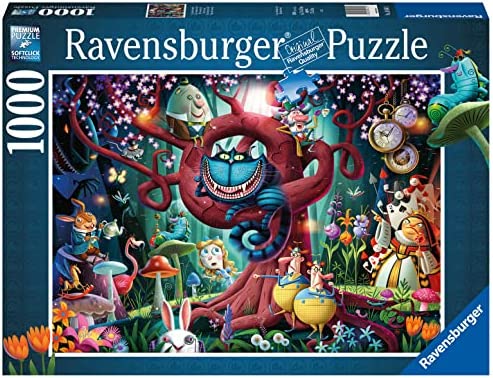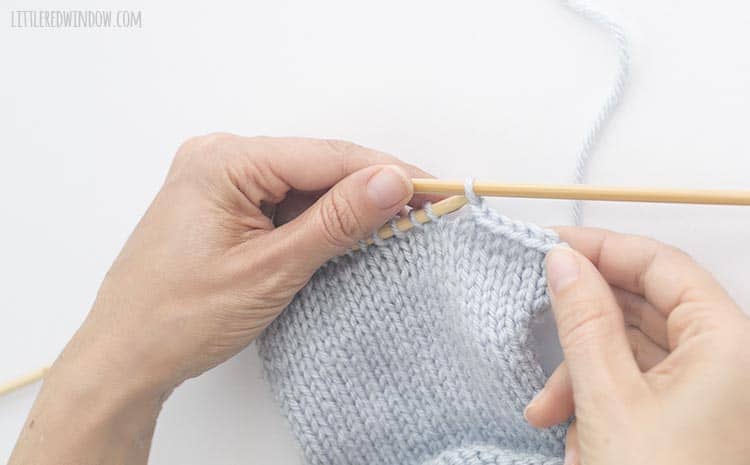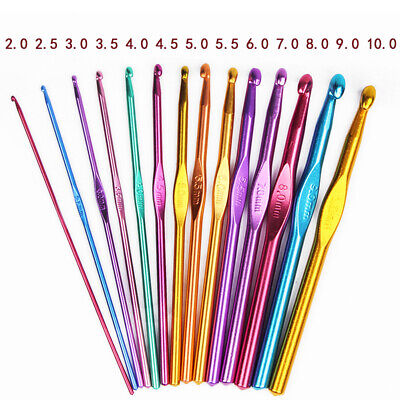
This article will help you save your progress while you jigsaw. This article will demonstrate how to use Edges Only button to save your puzzle. This article will show you how to mount your puzzle on a backingboard.
Using the Edges Only button to save a jigsaw puzzle
Click the "Edges Only” button when you're done solving your jigsaw. This will display the edges of the pieces over the joined sections of the puzzle. You can use this feature to save the puzzle at any time. The saved puzzle will also have a timer, which will display the number of minutes, seconds, and hours that have elapsed since the start of the puzzle.
You can also select multiple pieces at a given time. This will highlight them and save them as one. Another handy feature is the 'Snap Indicator,' which appears when two puzzle pieces are close enough to snap together. You can save a puzzle by clicking the Snap Indicator but not by saving it. Instead, select the pieces one at a time.

It is possible to mount a jigsaw puzzle onto a backing board, or frame it.
There are many steps to mounting a saved jigsaw, such as choosing a mounting frame and selecting a board. After saving your puzzle, you will need to choose a frame. Then, determine the size that will fit the puzzle. Many frames come with catches on the back that hold the puzzle between cardboard or glass. Cheap frames can be found in secondhand shops. Make sure you measure the length of the mounting board.
A clear box frame is a good choice if you are framing the puzzle. These frames are available at craft and frame shops. You can also use a nonglue mounting board. It will need 24 hours to dry before you can mount it.
To keep the puzzle flat, attach it to the backing board. Foam or wax paper can be used, provided that the pieces are slightly smaller than the backingboard. Make sure that all puzzle pieces are included on the backing board. Once you have the backing board or frame, lay the puzzle on it. You can place items on top of it to weight it down while it dries.
Mod Podge used to preserve a jigsaw.
Mod Podge is a fun and effective way to preserve your jigsaw. Mod Podge works well as a sealer, glue and finish. You can add shiny or matte effects to your puzzle with Mod Podge. Mod Podge is available in three different sheens.

Mod Podge is a well-known brand that can be used to craft and decoupage. It's also great for preserving jigsaws. This glue is a combination of adhesive and lacquer that creates a protective gloss finish. It's thicker than regular Mod Podge, but has the same clear finish. It's also safe for use on cardboard.
You can find glue at Walmart and craft stores across the U.S. for medium-sized puzzles. The glue is quick drying, non-toxic, and water-base making it a good choice for puzzle preservation.
FAQ
What is a hobby for kids?
For kids, a hobby can be any activity that they are interested in doing as part of their everyday routine. They might like to draw pictures, build things, paint, write stories, play with toys, read books, watch TV, listen to music, play computer games, ride bikes, skateboard, swim, climb trees, run around outside, play football, basketball, volleyball, rugby, cricket, baseball, soccer, hockey, dodgeball, rounders, tag, hide and seek, hopscotch, marbles, jump rope, hopscotch and many others.
Parents worry that their children might get in trouble if they are allowed to do what they like. This isn't necessarily true, though. Your child won't get in trouble if they are safe and don't do any harm to anyone.
It's important to remember that just because they like to do something doesn't mean that they'll always choose to do it. If they are passionate about drawing but hate writing, they might choose to draw pictures over writing.
There are many different hobbies, so it is up to you which one you love the most.
What are your favorite hobbies right now
Popularity isn't always a good thing. It can be used to justify mediocrity. It is a fact that most people don't have enough time to pursue hobbies they enjoy. They're too busy working to make ends met. What do you do with your spare time? Start a business.
This isn’t easy. It takes a lot of work to make your dream a reality.
If you are looking for something more than running a business you might consider starting a hobby.
Hobbies aren't just limited to creative pursuits. There are many types of hobbies. These include:
-
Gardening
-
Cooking
-
Photography
-
Reading
What kinds of hobbies are appropriate for introverts.
Introverts can concentrate on one thing at the same time. They prefer solitude, such as reading, writing music, or watching movies.
They also like to be alone. They do not like to socialize all day. In fact, they often find themselves bored when surrounded by people.
Introverts are often drawn to hobbies that require solitude. Introverts may love reading books, listening and/or playing music, or painting, drawing, writing poetry and taking photographs.
Some introverts even choose to live alone. They can concentrate on their hobby without being distracted.
What are collection hobbies?
The most sought-after collections are books and movies, music, comics as well as comics, videos games, sports equipment, toys, and others.
Collect stamps, coins, cars, dolls and action figures as well as art supplies, tools, jewelry, watches, gadgets and furniture.
You get it?
Statistics
- A new survey by Pew Research Center of teens ages 13 to 17 finds that 36% of girls feel tense or nervous about their day every day; 23% of boys say the same. (pewresearch.org)
- The Role of the Mind in Sex, Dating, and Love: Men in the “humor” condition received phone numbers from 42.9% of the female participants and were refused 57.1% of the time. (time.com)
- Almost 80% of people claim to have no hobby. (hobbylark.com)
- This 100% accurate personality-analyzing hobby quiz discovers your passion based on your characteristics. (quizexpo.com)
- 37% Video Games 36% Travel 36% Health and Fitness (quizexpo.com)
External Links
How To
How to begin gardening
Gardening has been around since the dawn of agriculture. You need patience, perseverance, and determination. First, choose a place where you would like to grow food. It could be large land, or just your backyard. Next, choose what kind of plants you would like to grow. Do you prefer flowers or vegetables? Some people enjoy growing herbs while others love raising livestock such as rabbits. Before you decide which crops you will plant, consider the amount of space you have. If you live in a climate that experiences cold winters, then you might decide to grow fruits or berries as they do well in colder climates.
After you have decided what you want to plant, it is important that you prepare the soil. It is vital that your soil is prepared properly to determine whether or not your plants will thrive. Organic matter is essential for the health and well-being of your plants. Organic matter can include leaves, twigs and grass clippings as well as manure and compost. Once your soil is prepared, it's time to add nutrients. You will need different amounts of nutrients depending on which type of plants are being grown. An online fertilizer calculator can help you calculate these values. There are many fertilizers on the market, so ensure you understand what you are buying.
After you have prepared the soil and added nutrients, it is time to wait for your seeds germination. This can take anywhere from two weeks to three months depending on where you live and how warm it is. Once the seeds have sprouted you will need to water them often. You can endanger your plants if you water them too often or too little. You should ensure that your plants get enough water at regular intervals. Avoid overwatering. Overwatering can result in root rot, fungal diseases, and even death. When watering your plants, remember that most plants require less water during the warm summer months than in winter. Also, remember that certain plants need to dry out after watered. For example tomatoes should be kept slightly moist and not wet. They won't tolerate soggy soil. After plants finish flowering, they need to go dormant. Plants go dormant when they stop producing new growth and instead store energy for next year's harvest. Dormancy means that the plant stops communicating with its roots about producing food. Throughout this period, the plant stores energy. If temperatures fall below freezing or the plants are not getting enough sunlight, they will die.
If you live in an urban environment, you may find yourself limited in the kinds of plants that you can grow. Urban areas tend to contain concrete sidewalks, roads, buildings, and parking lots that block sunlight from reaching the ground. Concrete absorbs light and prevents soil below from getting sufficient sun exposure. Many plants are unable to survive in urban areas due to the lack of sunlight. There are still plants that thrive in urban environments. Many trees, shrubs, and perennials can adapt to city living. Many annuals are also possible to grow indoors in containers. You can have fresh greenery all year round with container gardens.
You are now ready to plant your garden!